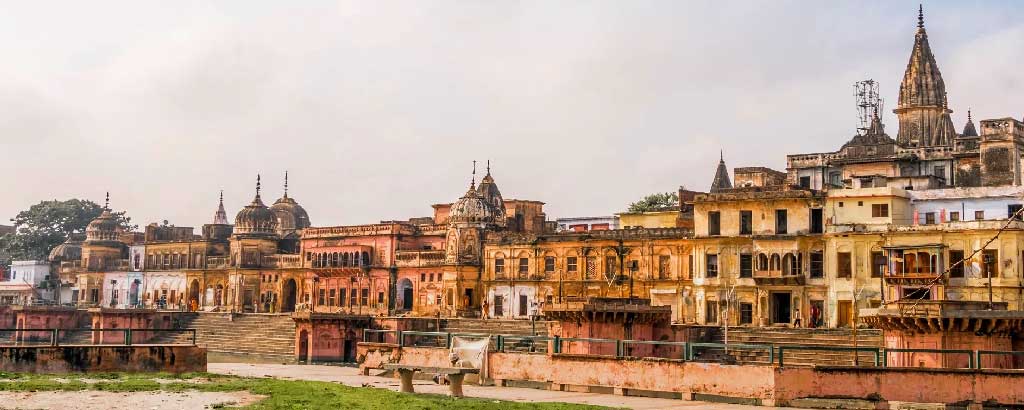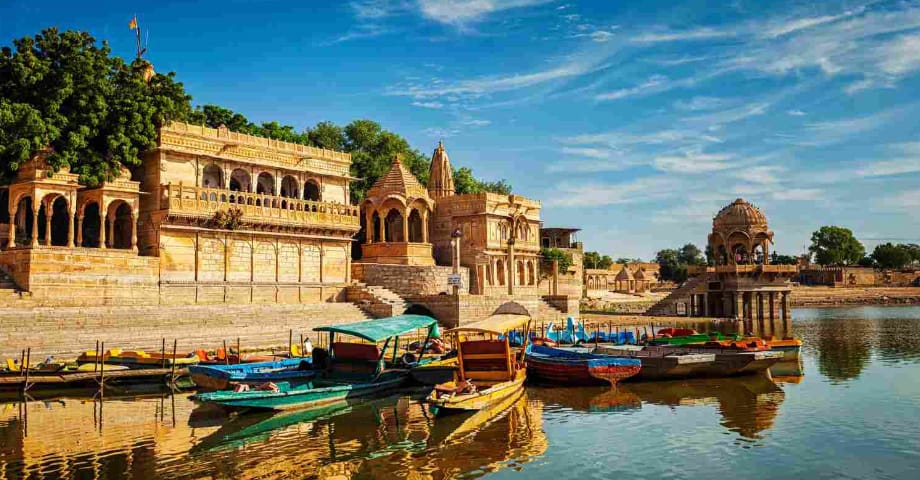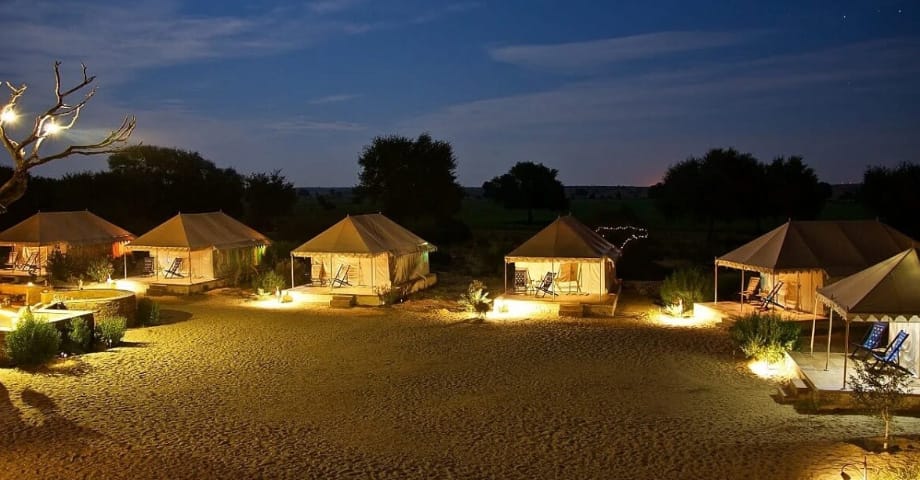- Have Any Question ?
- +91-9929358785
- 01414054824
- Info@thepinkcityholidays.com
All about Ayodhya Ram Mandir and Things to do in Ayodhya.

Tour Guide in Ayodhya
January 25, 2024
Tourist places to visit in Ayodhya
January 25, 2024The birthplace of Lord Ram, situated in Uttar Pradesh, Ayodhya, holds a significant place among Hindu devotees. The place not only provides a spiritual aura but also educates the vital part of the epic stories of Ramayan. Ayodhya Tour for 3 days includes a visit to all the ghats and temples.
Ram Mandir in Ayodhya, which was built in the location of Ram Janambhoomi, is still in progress. The structure of the temple is built in such a manner that one single temple is formed in the middle, with the other 6 temples surrounding the main complex. On the 22nd of January, the PM of India will attend the temple ceremony, which will be a grand opening and celebration with all prayers and rituals.
Things to do in Ayodhya
Kanak Bhawan:- Built in 1891, it is an incredible temple where the sculptures are of a beautiful couple, Sita and Ram, and his brothers.
Tulsi Smarak Bhawan:- A holy place where saint-poet Goswami Tulsidas wrote the Ramcharita. The enormous place offers rich literature as well as it provides a research centre known as Ayodhya Research Sansthan.
Company Garden:- For lovers of greenery and relaxation, tourists can travel to this place near the River bank of Saryu.
Tomb of Bahu Begum:- Tourists enjoying the ancient architecture of Awadhi can visit this Tomb, which is also the haven of Begum Unmatuzzohra Bano. One can have a great view of the city of Ayodhya from this tall building.
Sarayu River:- Hindu devotees take a holy dip in this waterway to purify their sins, as mentioned in the ancient scripture of Hinduism.
Gulab Bari:- Built-in 1775, the Tomb of Shuja-u-Daula and the family are surrounded by an enormous plantation of roses, giving the garden a magnificent view for tourists.
Mani Parvat:- A 65ft. tall mount where Hanuman carried a piece of it to cure the brother of Lord Ram, Lakshman.
Chhoti Devkali Temple:- A temple dedicated originally to Goddess Girija Devi, later to Goddess Devkali. Situated near Naya Ghat, the temple enlightens the tales of Mahabharat.
Treta-ke-Thakur:- A temple where Lord Ram organised Ashwamedh Yagna, this holy temple is also known as Kaleram-ka-Mandir, accommodating statues made of black sandstone.
Ramkot:- During the festive of Ram Navami, many Hindu devotees come together to pay their respects to Lord Ram. It’s a major attraction for Lord Ram devotees, as the place is brimming with shrines and temples.
Hanuman Garhi: A temple used to be a residence of Lord Hanuman. Any devotee visiting Lord Ram Temple needs to pay a visit to this temple first.
Kanak Bhawan:- Built in 1891, a magnificent temple which is home to a holy shrine including idols of Lord Ram, his wife and the brothers.
Suraj kund: Built in honour of the Sun god by Suryavanshi rulers, around the ghat away from Ayodhya is a large tank consisting of beautiful scenery.
Ghats and Kunds:- A landscape of spiritual view with significant importance of Ayodhya consists of ghats such as Raj Ghat, Dasharath temple, Ram Ghat, and Amovan Temple.
Shri Nageshwarnath Temple:- A temple dedicated to Shiva, built by Kush, son of Lord Ram. During the festive of Mahashivratri, it attracts devotees from all over the world as it consists of ancient shillings.
How to reach?
Flight:- For convenient purposes, tourists can add a direct flight in their Ayodhya Tour Guide to Faizabad Airport, which is 8km away from Ayodhya, though it’s recommended to book a flight from Lucknow International Airport with more connectivity options.
Train:- All major cities are well-connected in Ayodhya, thus making travelling convenient and comfortable for visitors. There are many trains which run on a regular basis from Delhi, Mumbai, and many more. One can book a cab or auto rickshaw in the Ayodhya Tour Package for local sightseeing.
The best time to visit for the Ayodhya Tour from Jaipur is from September to March, though one can find it challenging to visit the temples at festivals, making the place even more crowded. Ayodhya is not only famous for its temples but also its food and culture, which are lifetime experiences for anybody visiting.








